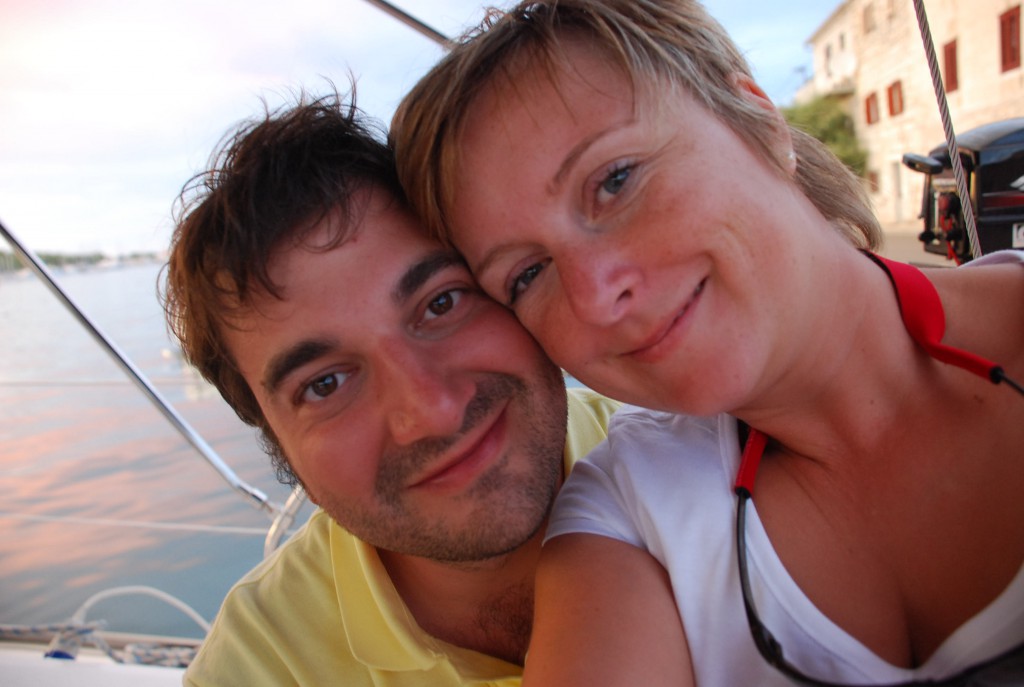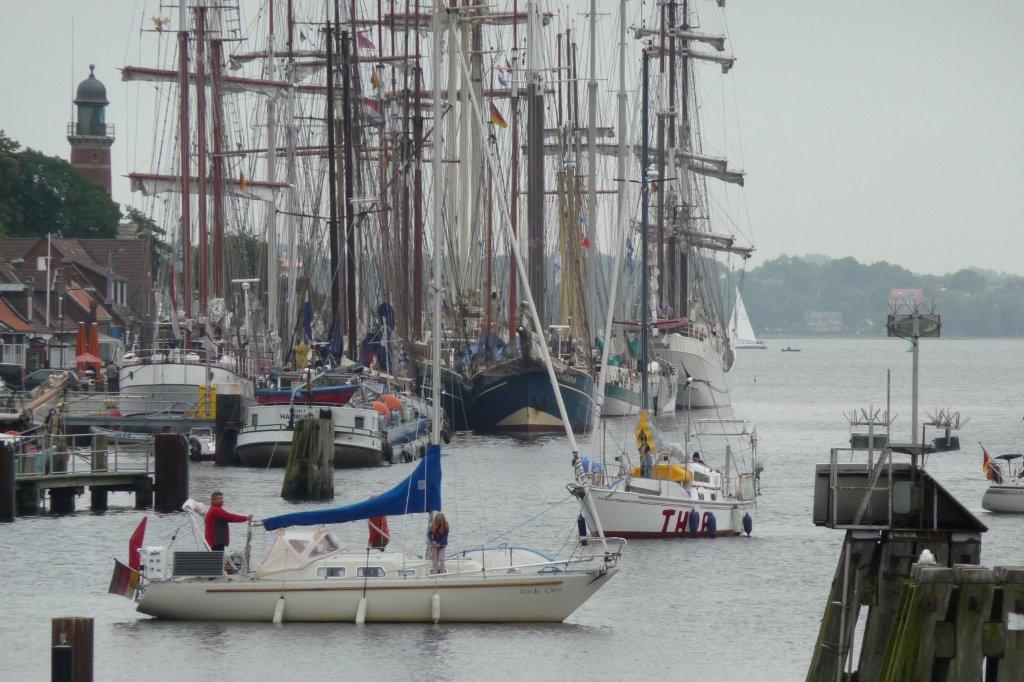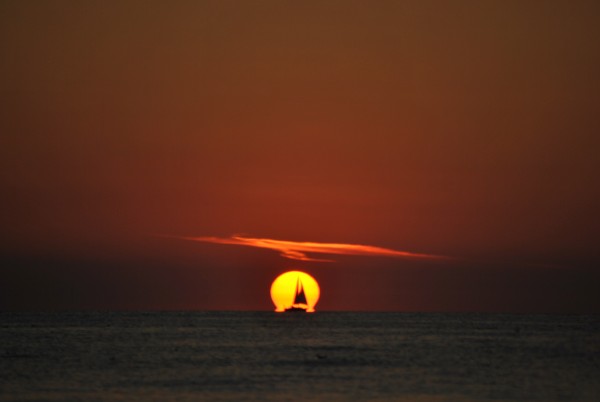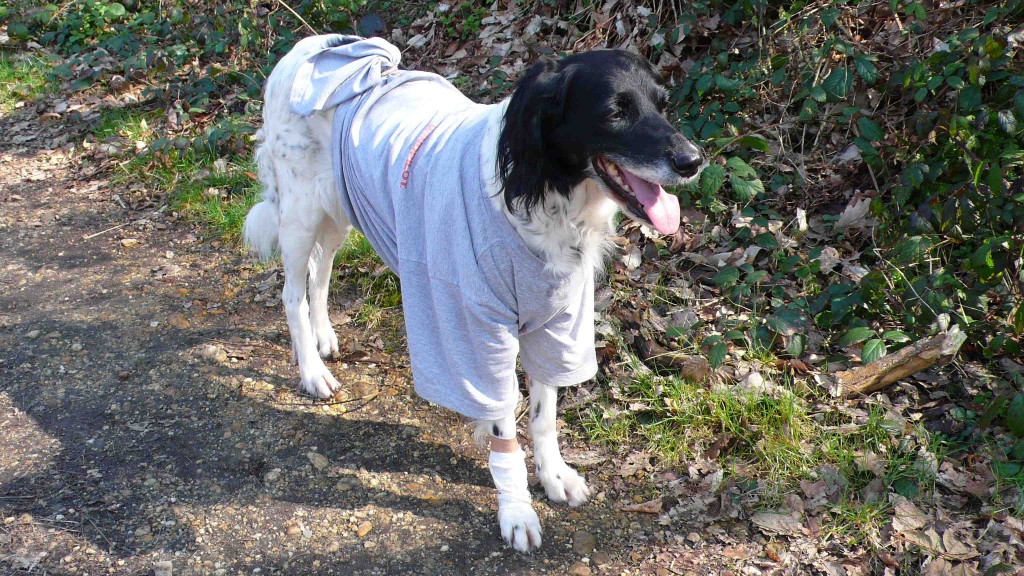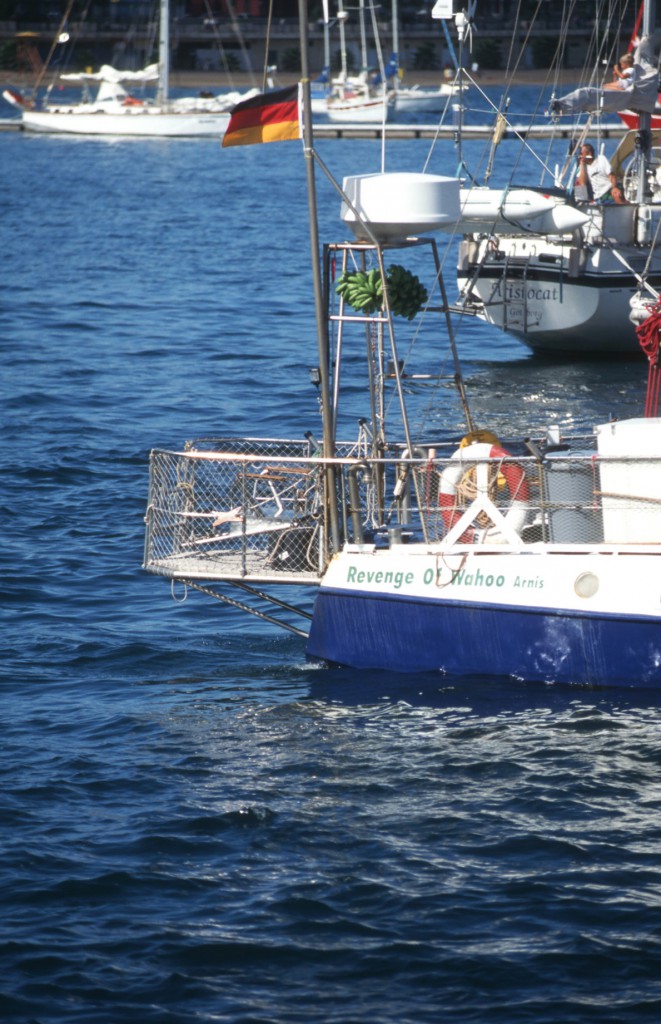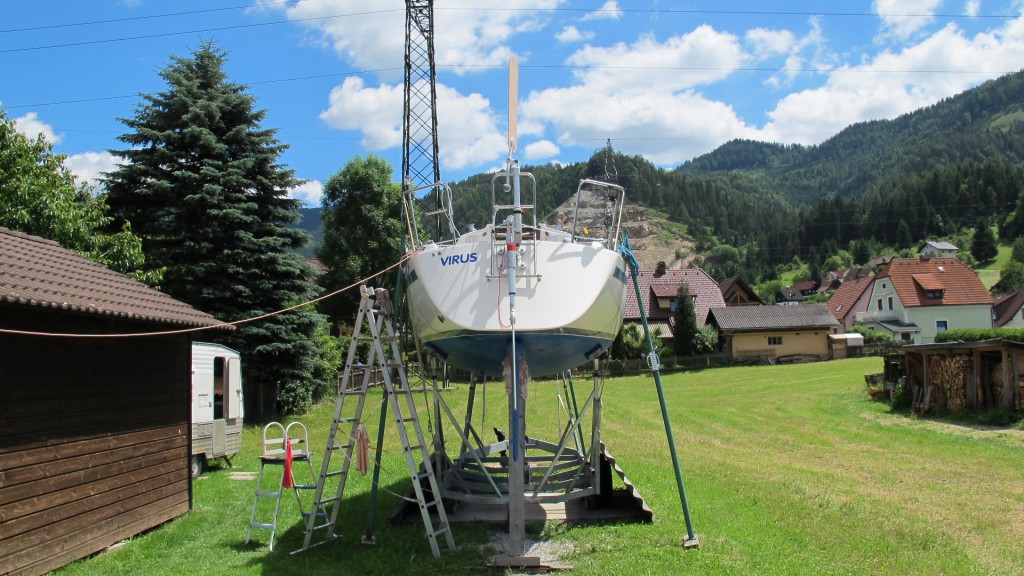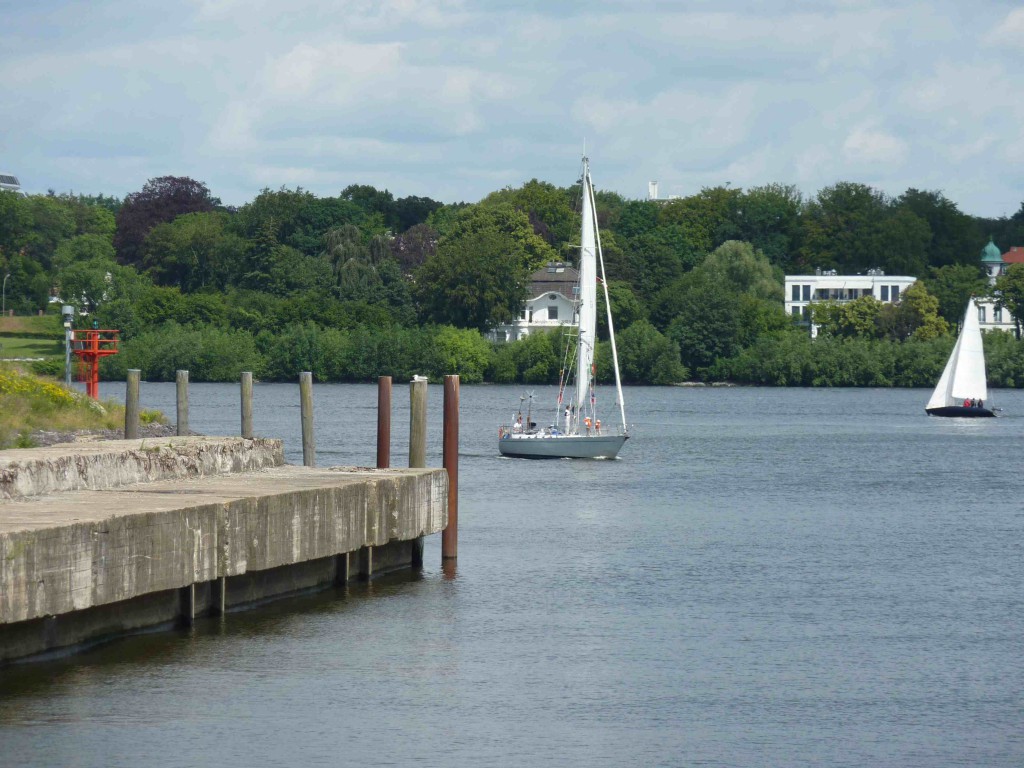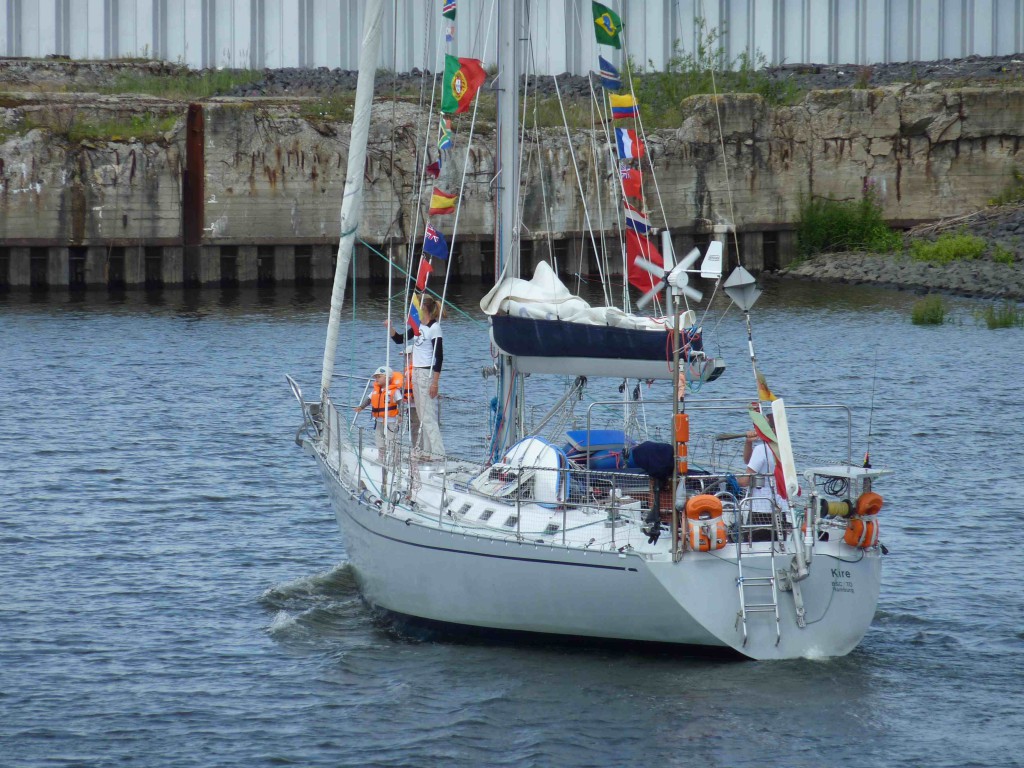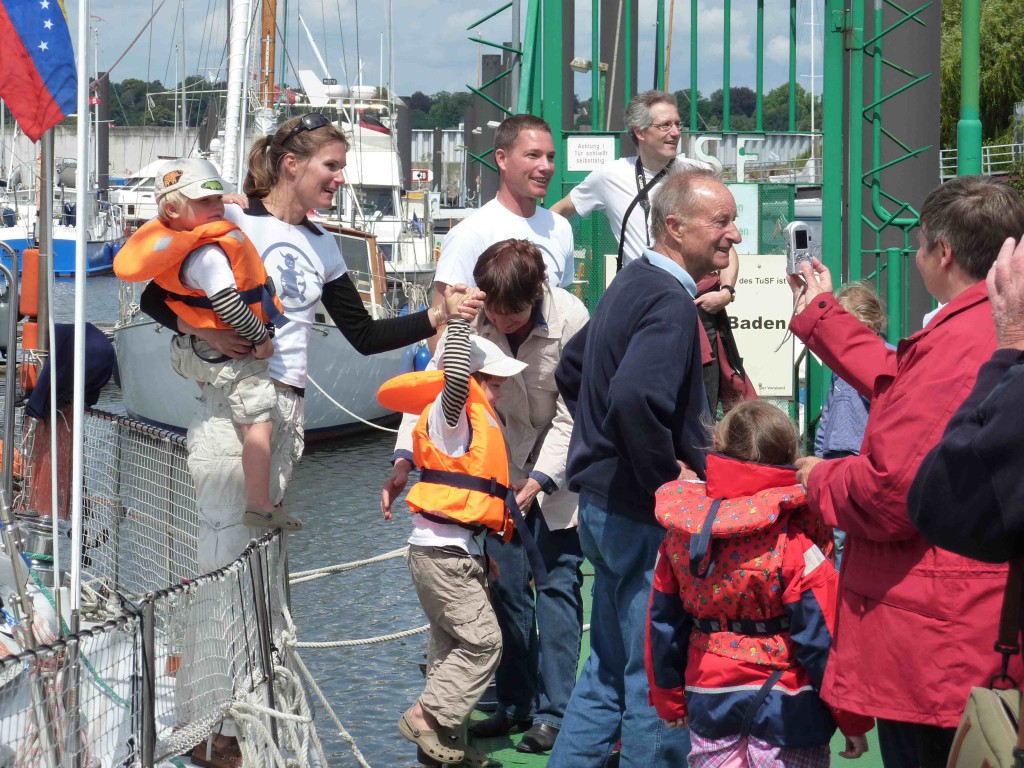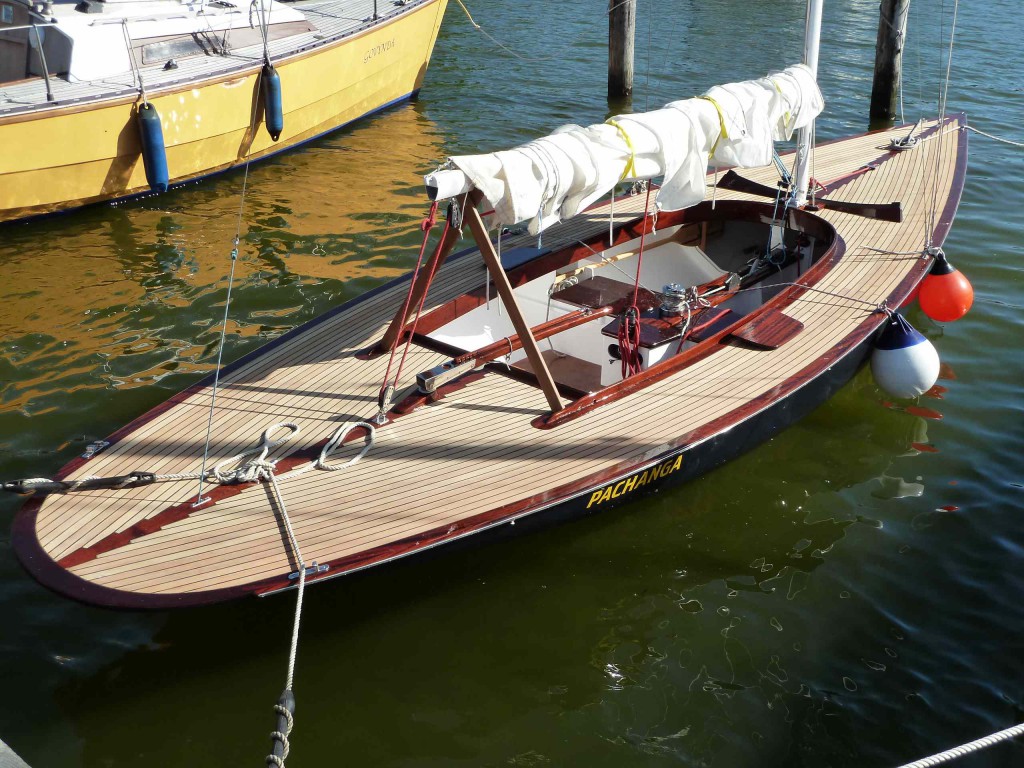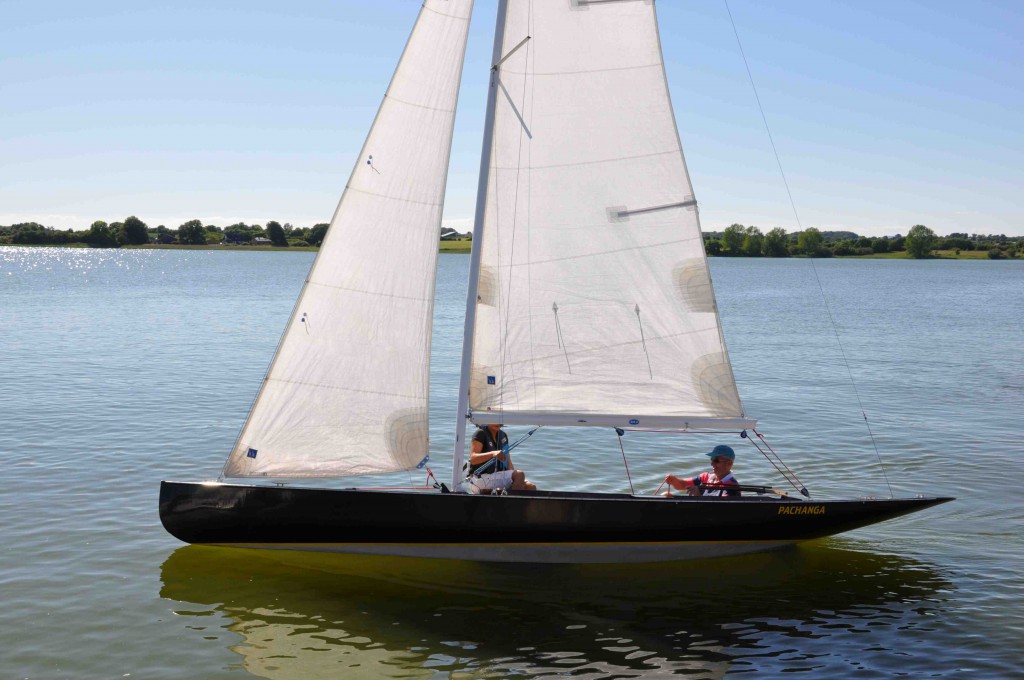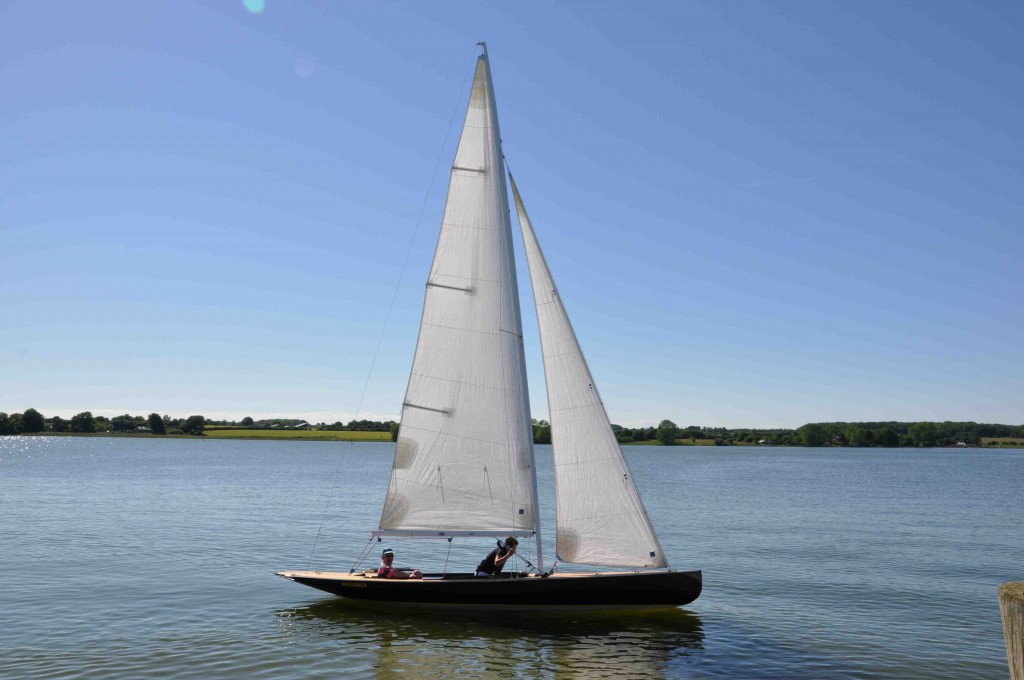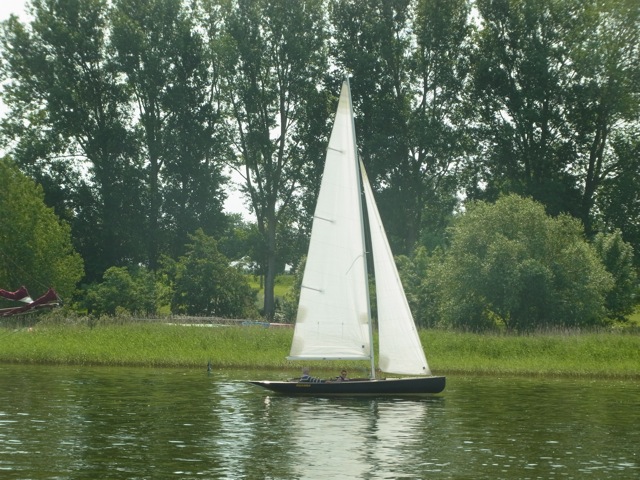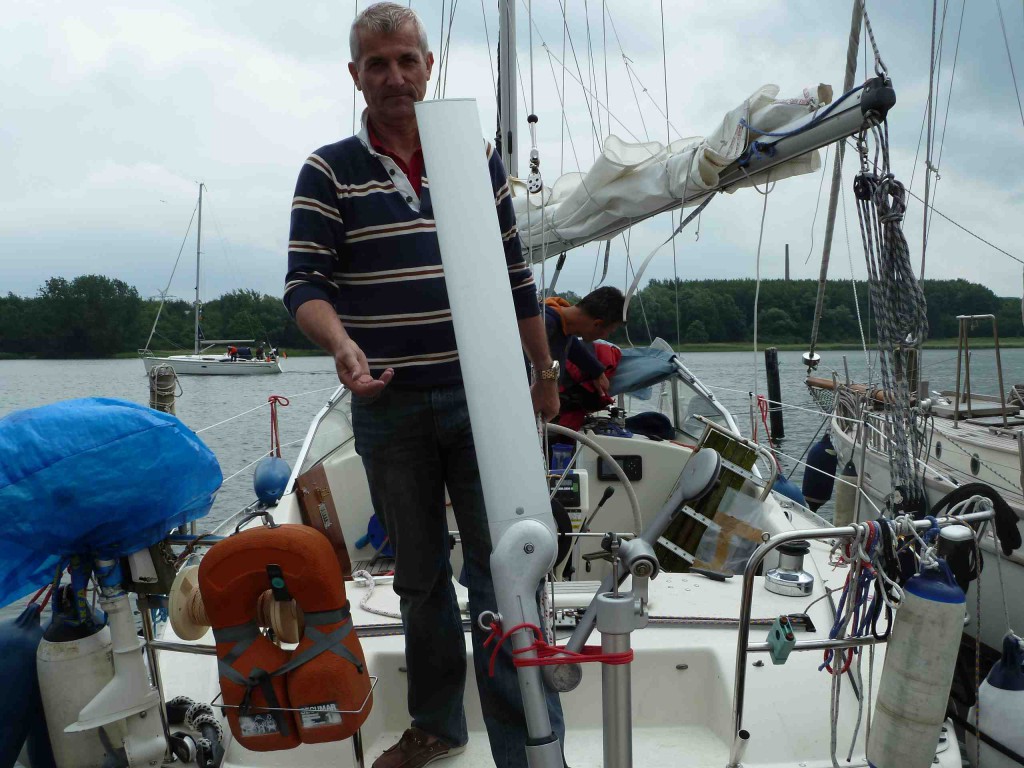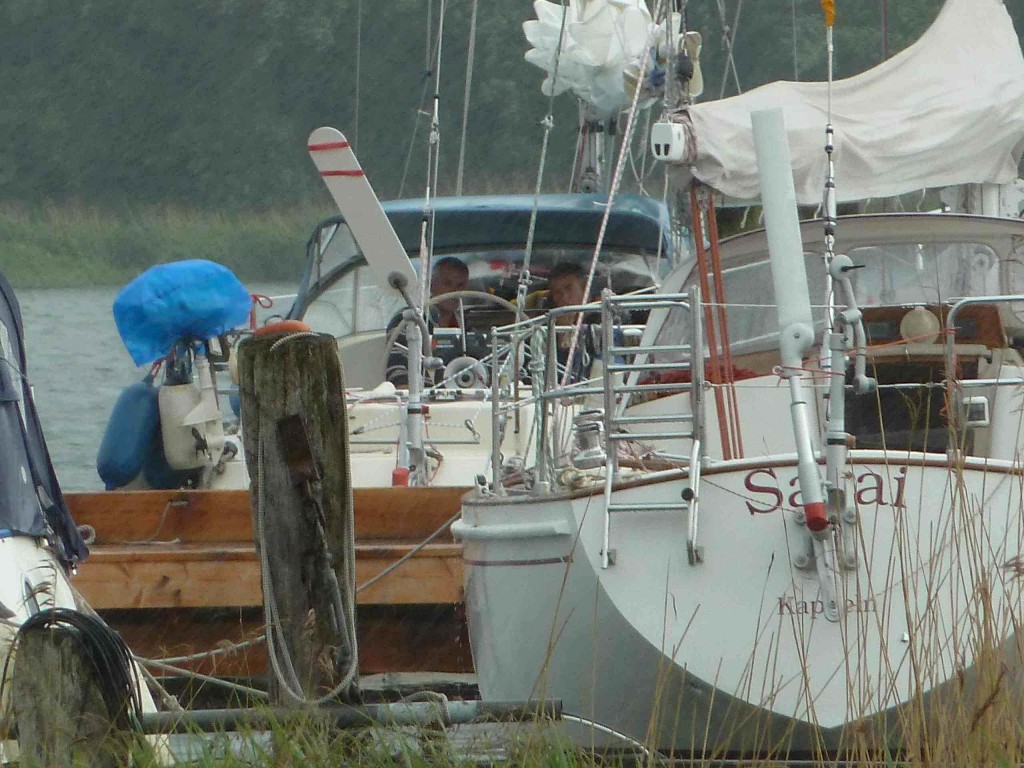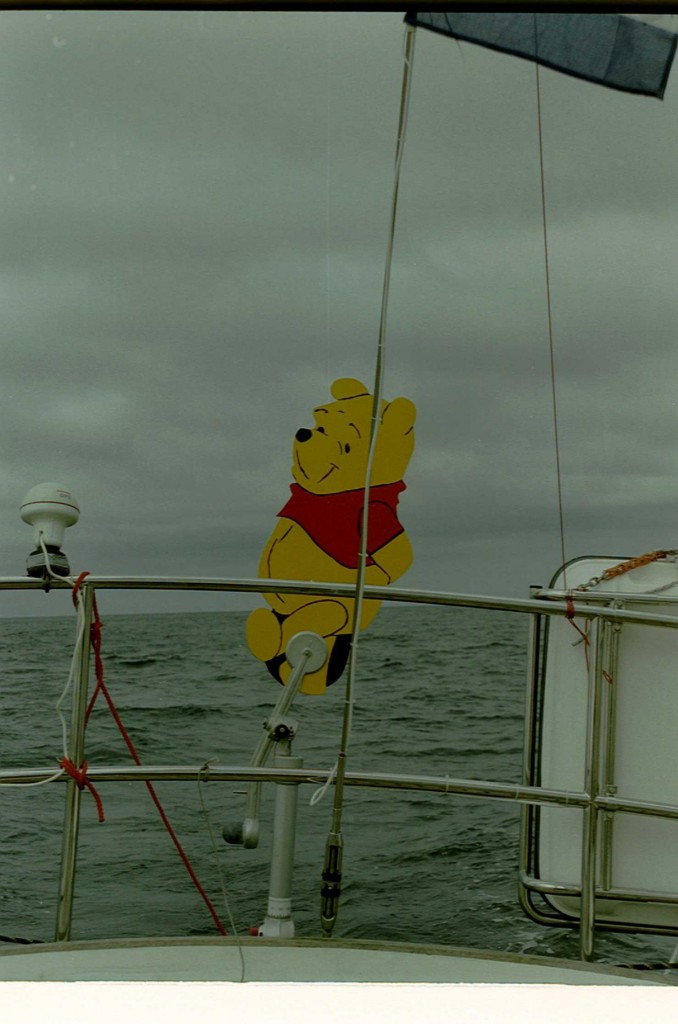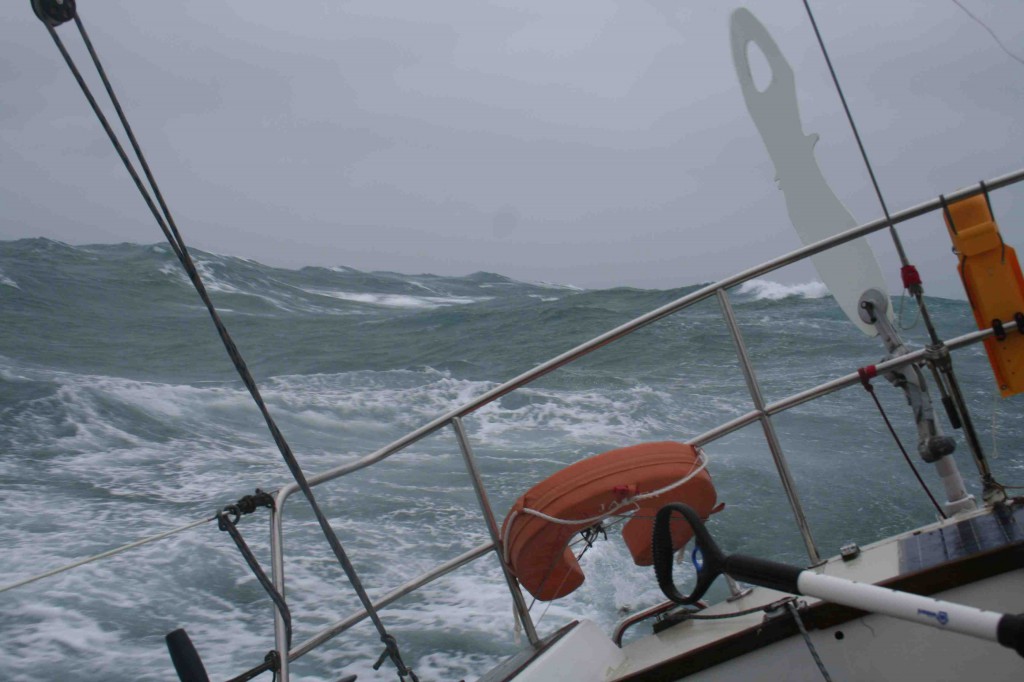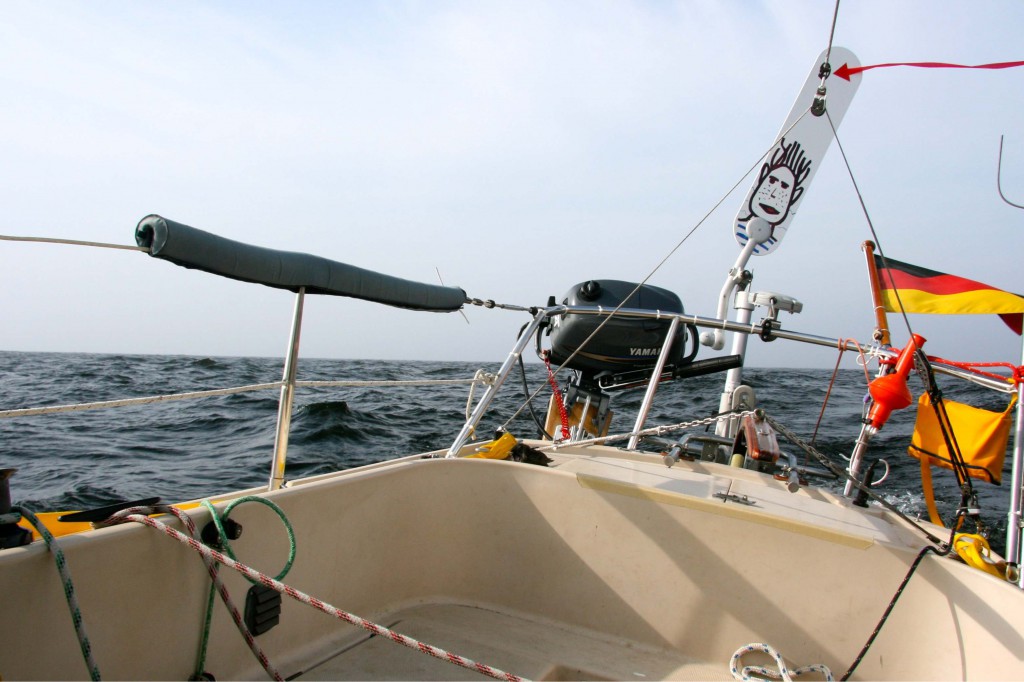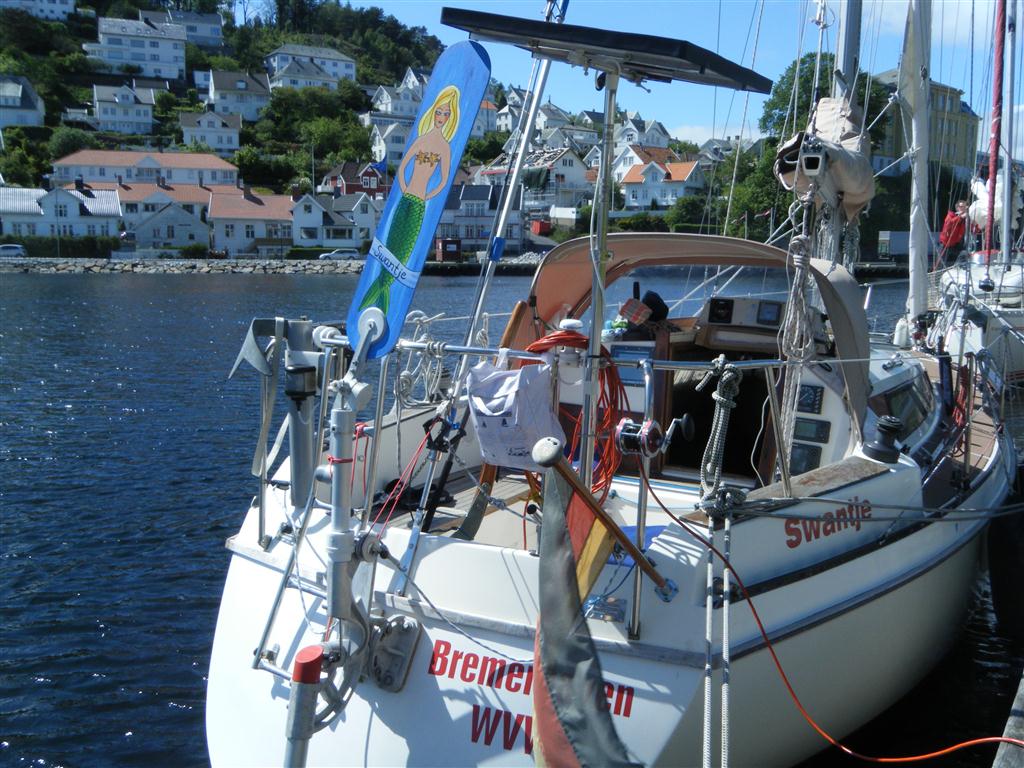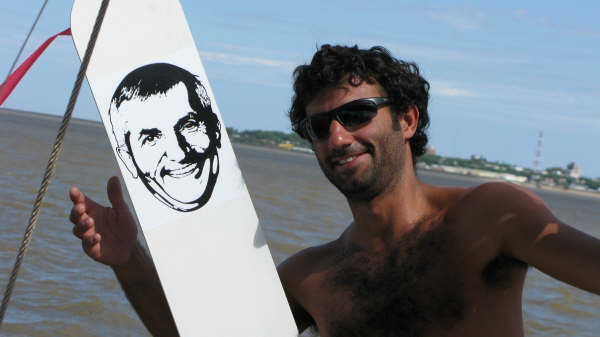SV Mingming arrives back in Plymouth after 67 days at sea. Mingming is a CORRIBEE21
Here is the way to Rogers blog
SV Mingming, Roger Taylor UK
SV Thor, Christin+Christian Wagner GER
Saling around the world – thats the idea! The start in Germany has taken place in July 2011. Please follow their blog here
SV Frieda, Florian Renn GER
Ich träume von einer Blauwasserreise, die verschiedener nicht sein könnte.
Mir schwebt eine Fahrt quer durch Frankreichs Kanäle vor: durch die verschiedensten Landschaften, auf dem Weg ins Mittelmeer. Neben den geplanten Flusskilometern soll auch ausreichend Zeit für Land, Leute und Kultur bleiben. Ein großer Teil der Reise soll, neben dem Segeln, auch der Fotografie gewidmet werden.
Ein Besuch auf der französischen Insel Korsika soll einer der Höhepunkte im Mittelmeer werden. Zu dieser Insel habe ich seit zwei Jahrzehnten eine enge Bindung. Den letzten Sommerurlaub habe ich dort gemeinsam mit meiner Freundin verbracht und mir geschworen, das nächste Mal auf eigenem Kiel wieder zu kommen. Mit viel Zeit im Gepäck, um die traumhaft schöne Insel von der Seeseite genauer unter die Lupe nehmen zu können. Hier geht´s zum blog
SV Lou Tai, Cedric Groux FRA
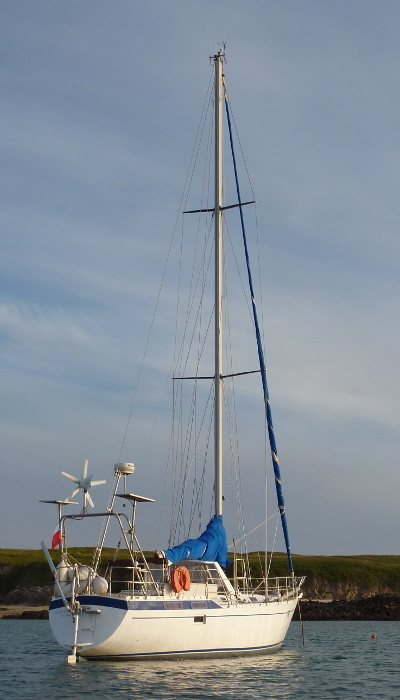 Au gran croisiere avec ce DIAM 40 depuis 16 ans, ici le blog du Cedric avec son famille
Au gran croisiere avec ce DIAM 40 depuis 16 ans, ici le blog du Cedric avec son famille
SV Olgalou, Inga + Vassil Beitz NED
Lieber Peter,
wie immer, hat es wesentlich länger gedauert, als geplant, aber so ungefähr all unsere Freunde haben etwa folgenden Text lesen können:
“…. wir haben eine Windfahnensteuerung, und sind sooo glücklich :-)))
nach einigem Hin und Her und Verzögerungen mit der Montage, haben wir sie während der letzten Woche in einigen Tagestörns ausprobieren können! Oh Gott ist das himmlisch, sie funktioniert auf Anhieb und es fühlt sich an, als wenn der legendäre Steuermann der Pinta bei uns im Cockpit säße…”
Also hier erst mal ein Photo gerade nach der Montage, mehr kommt selbstverständlich bald.
Danke!
Vassilingalou
P.S. wir wissen nicht ob du’s wußtest, aber der Steuermann der Pinta heißt Peter. Zumindest bei uns.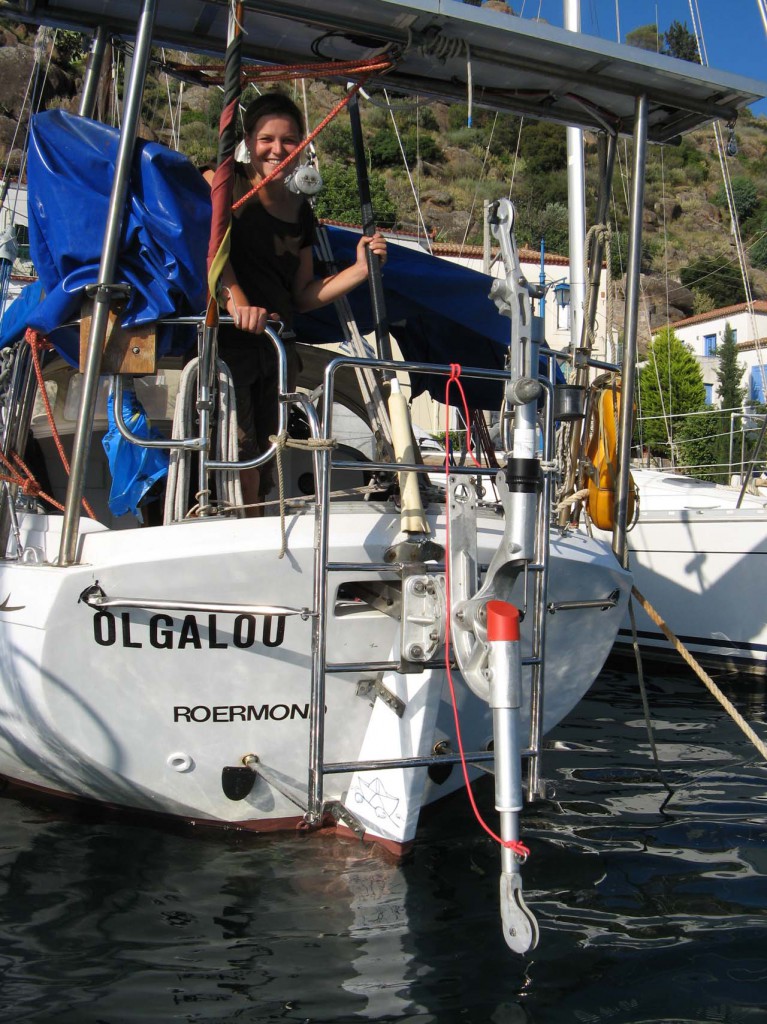
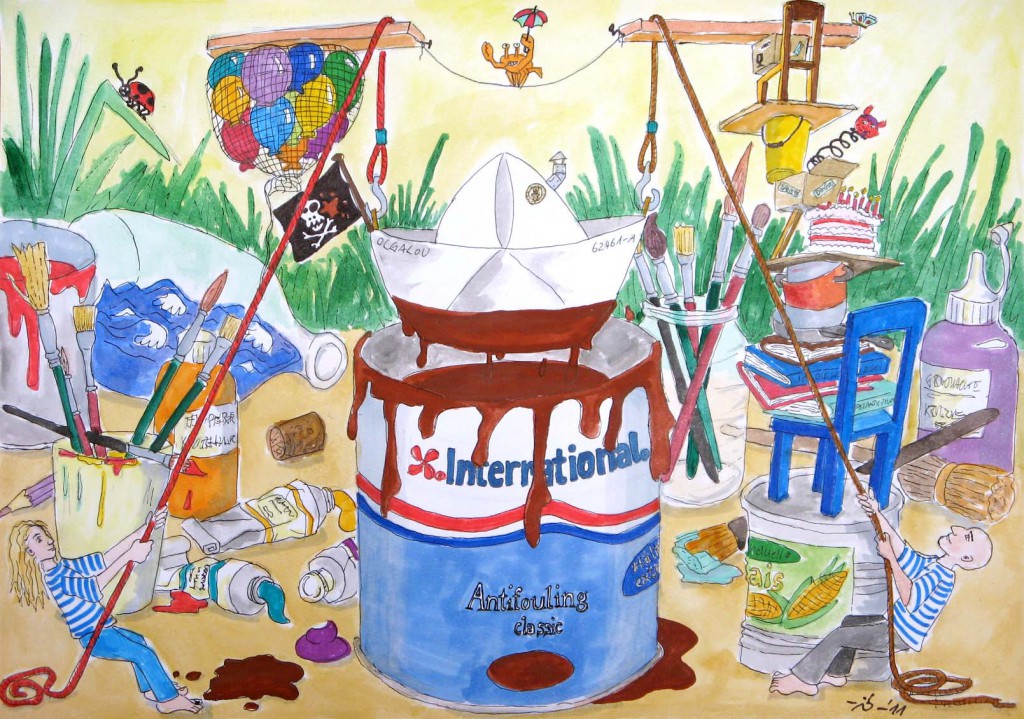
SV Lucipara2, Ivar Smits NED
Welkom op de site van zeiljacht Lucipara2. Hier is alles te vinden over het schip, de historie en de bemanning. Reizen en andere gebeurtenissen staan in het logboek. Meer weten?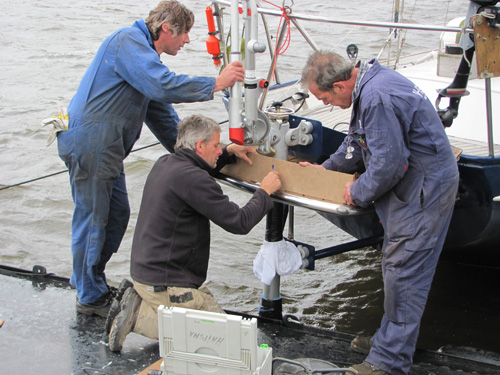
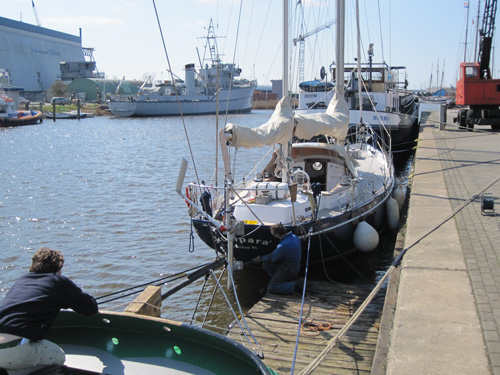
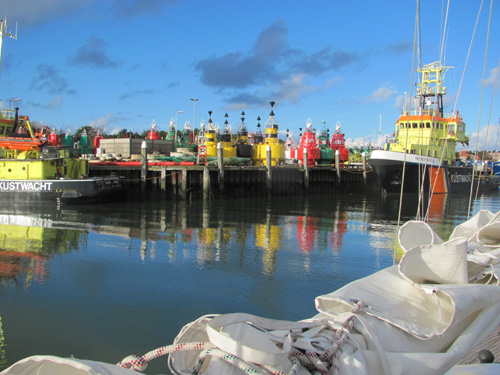
SV H2OBO, Maggie+Branko CA
Cruising around the world with H2OBO
In the fall of 2002, Maggie and Branko bought a Corbin 39 and named her H2OBO. Since then they have been refitting her for a circumnavigation and have departed on Canada Day, 2010
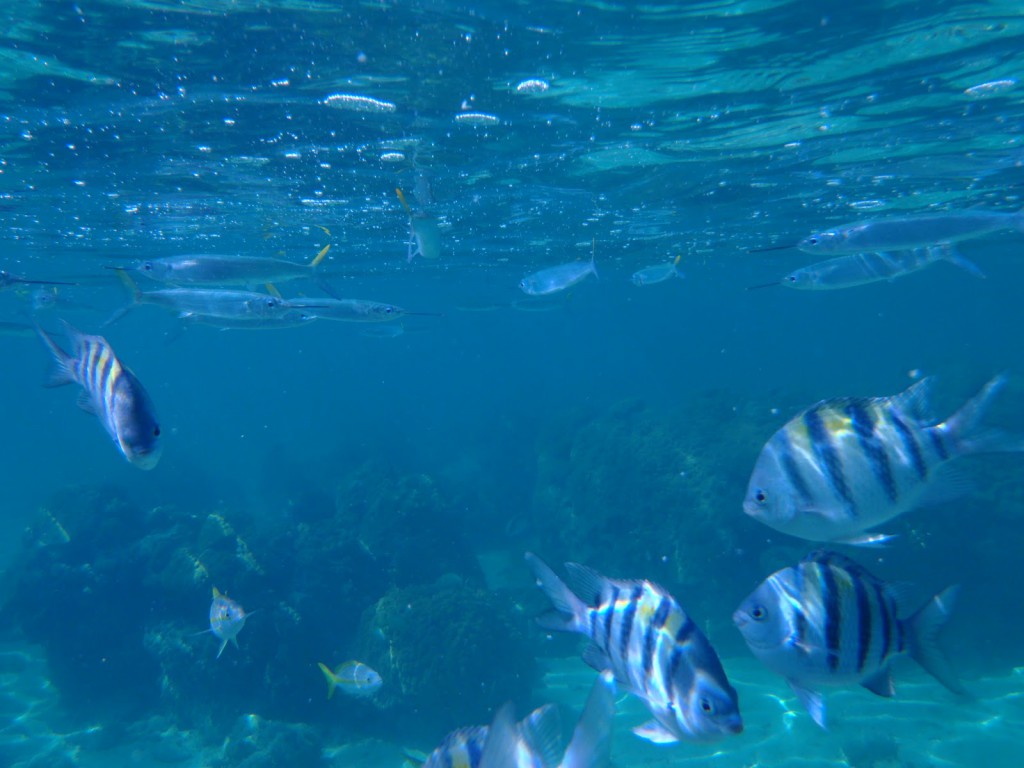

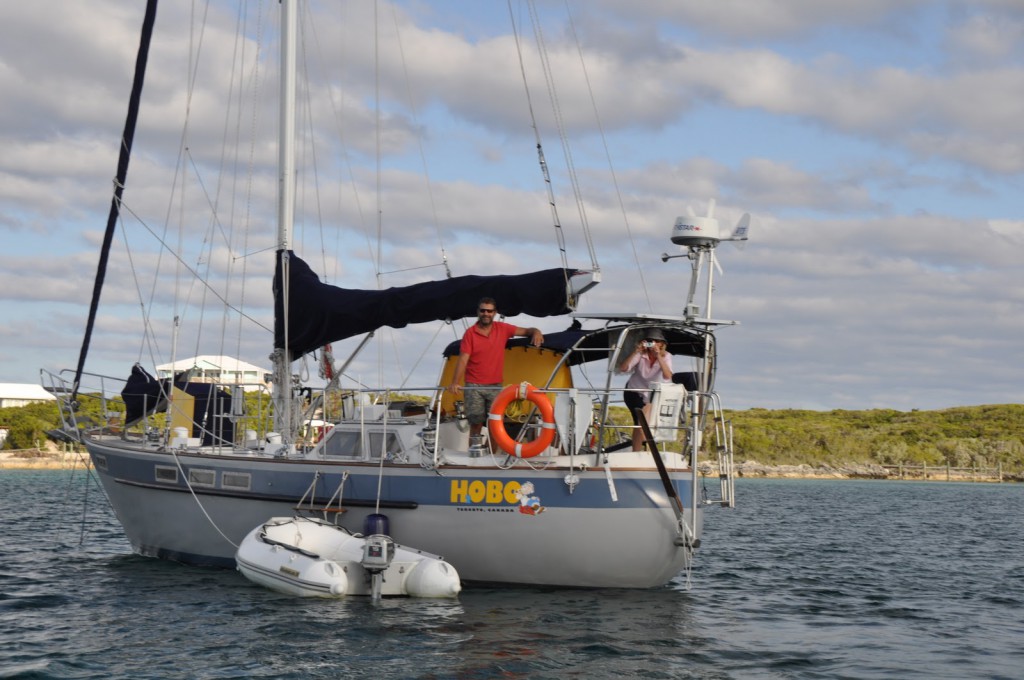
SV Tikai et SV Mowglie, Sylvie+Claude, Joelle+Daniel FRA

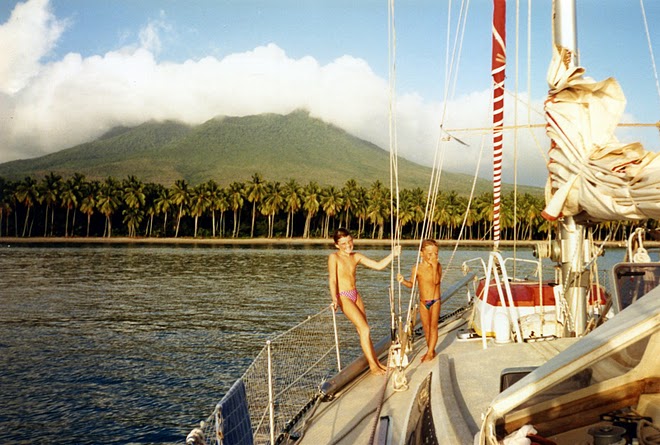

 Voyage autour du monde a la voile. Vous pouvez suivre le voyage de SV Tikai et Mowglie a travers les océans, les rencontres et la nature
Voyage autour du monde a la voile. Vous pouvez suivre le voyage de SV Tikai et Mowglie a travers les océans, les rencontres et la nature
SV Tamora, Silke Reese + Dieter Blass GER
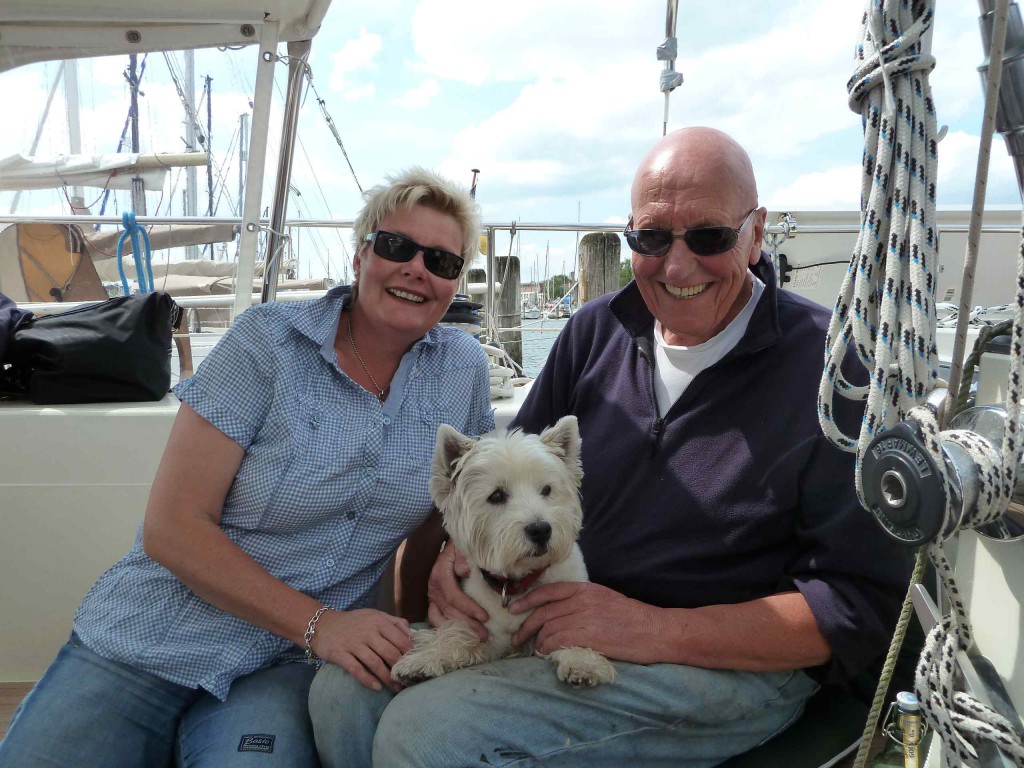
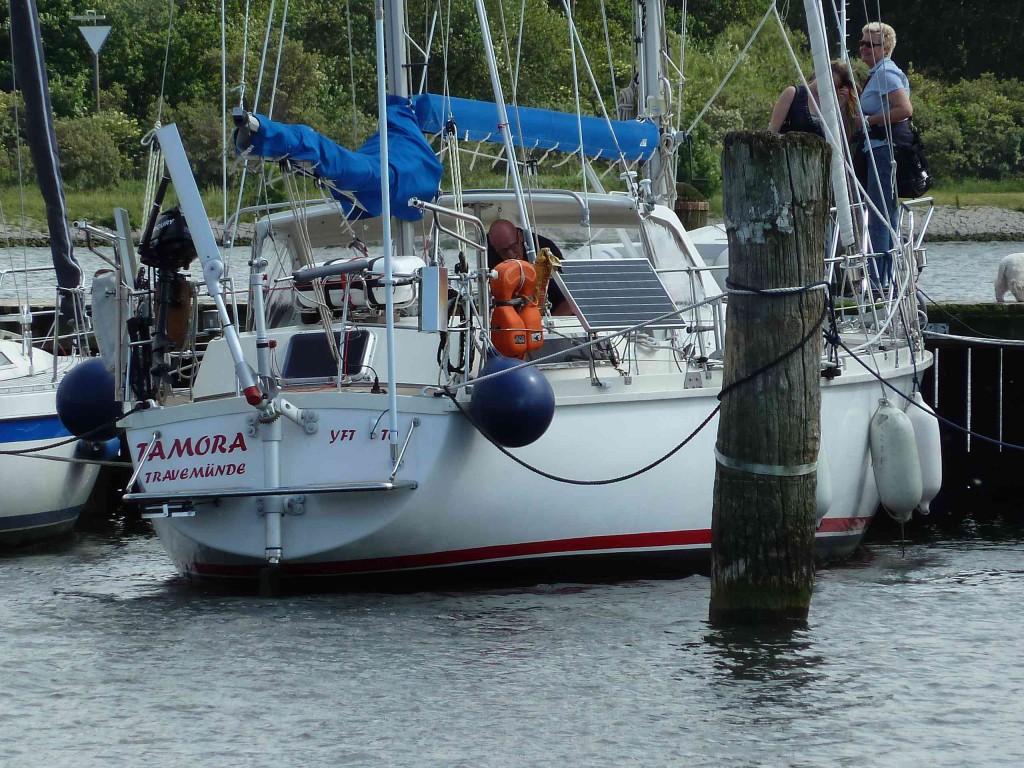 Einen Segeltörn, den schon so viele gemacht haben, der dennoch ein Traum ist und nicht so ganz alltäglich, eine Weltumseglung in drei oder vielleicht auch 4 Jahren!
Einen Segeltörn, den schon so viele gemacht haben, der dennoch ein Traum ist und nicht so ganz alltäglich, eine Weltumseglung in drei oder vielleicht auch 4 Jahren!
Eine Reise auf der sogenannten Barfussroute, mit dem Tradewind ? dem Passat ? um die Welt.
Wir planen diese Reise nicht detailliert, die Zeiträume der einzelnen Routenabschnitte diktieren uns Hurrikane, Taifune und andere böse Winde, mit denen wir möglichst keine nähere Bekanntschaft schließen möchten.
Wir starten am 19. Juni 2011 in Travemünde, im Fischereihafen.
Die grobe Route sieht so aus:
NO-Kanal ? Elbe ? Helgoland ? Ärmelkanal mit Kanalinseln ? Westküste Spanien und Portugal ? Madeira ? Canaren ? Capverden ? westl. Antillen ? Trinidat ? ABC ? und St. Blas Inseln ? Panamakanal ? Galapagos ? Marquesas ? Tuamotus ? Tahiti ? Tonga ? Neuseeland ? Fidschi ? Australien ? Bali ? Malaysia ? Thailand ? Mauritius ? Südafrika ? Azoren und durch den Ärmelkanal wieder heimwärts.
Wie gesagt, grobe Route. Wir wollen auch gern einmal die ausgetretenen Pfade verlassen und mal nach links und rechts schauen. Länger bleiben, wo es uns gefällt, Freunde finden, Landschaften erkunden.
Wir werden nicht täglich und regelmäßig, aber oft von unseren Erlebnissen auf dieser Seite berichten.
Schaut einfach mal wieder rein!



